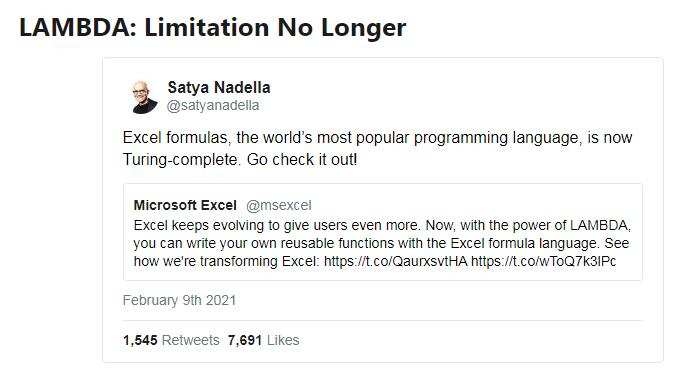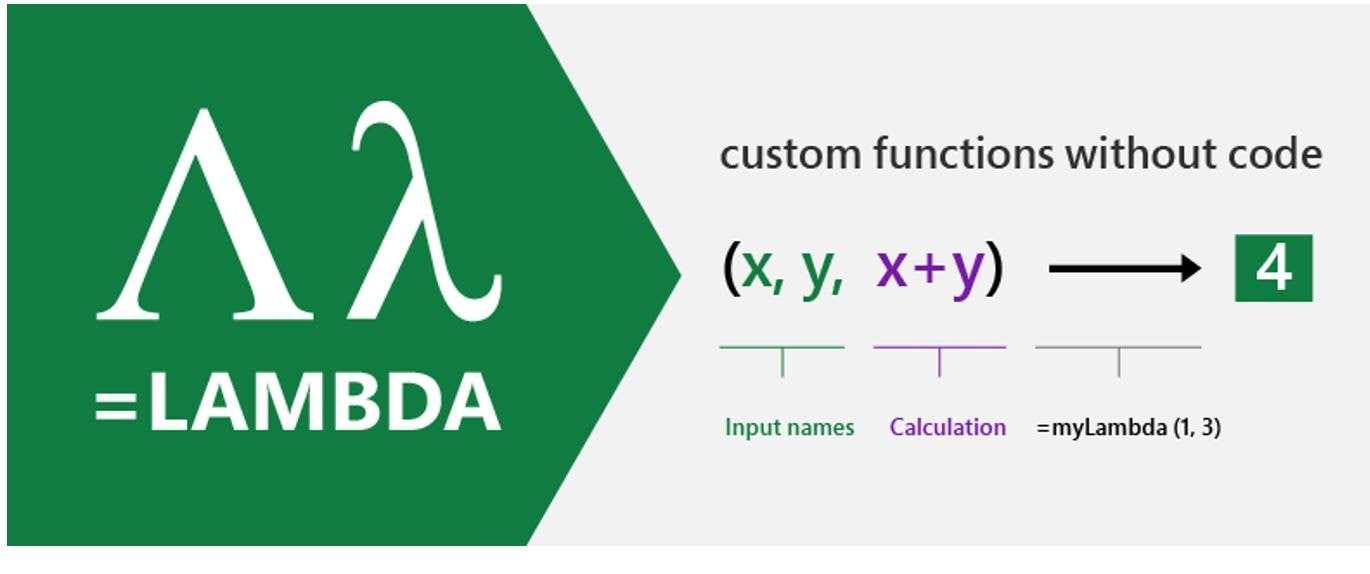Excel’s flexibility is a double-edged sword.
The Translation Bureau is a subordinate translation team, focusing on technology, business, workplace, life and other fields, focusing on introducing new foreign technologies, new perspectives, and new trends.
Editor’s note: Software cannibalize the world. Countless new software appear every day. In this wave of software, the back waves of the Yangtze River always push the front waves, and the front waves die on the beach. However, among them, Excel is an alternative. This software has been born for decades, but its vitality has become more and more tenacious, with 750 million people still using it every day. Despite being imitated constantly, but not being surpassed. What makes Excel so magical? What can we learn from Excel? Packy McCormick had his own thinking. The original text was published on his personal blog with the title: Excel Never Dies. In terms of space, we publish it in four parts. This is the third part.
Excel never dies, it brings us these inspirations (1)
Excel never dies, it brings us these inspirations (2)
Key points:
Excel’s flexibility and power is a double-edged sword
Excel lacks data source tracing
It is difficult to version control and compare changes to Excel
Limitations of Excel
Everything has pros and cons, and Excel is no exception.
Excel’s flexibility and power is a double-edged sword. Unlike many SaaS applications that target specific areas, Excel allows you to do almost anything you want. Excel is not a very opinionated software, and it does not impose constraints on preventing users from doing things that might cause them trouble. In fact, Excel doesn’t even know what field you are doing. If you get a model like FIFO inventory tracking wrong, no one will even think that the culprit is Excel-it’s your fault. If you use dedicated FIFO inventory tracking software, it is likely to set up guardrails to prevent unreasonable operations at the cost of flexibility.
Excel lacks data provenance. In scientific research, traceability refers to the source of any data collected, as well as the historical record of all changes or conversions made to the original data. Traceability is very important to the repeatability of the research, otherwise scientists will not be able to get the same original data and get the same results. Traceability is not just a problem for college scientists-it is a basic quality that anyone engaged in data analysis must possess. Unfortunately, although Excel allows you to perform various complex data conversions, it lacks any historical records of these calculation sequences. The ability to copy and paste data to a tab page that acts as a database means that all steps before the data is pasted will be lost. What if the pasted data is completely useless? What if the data in a sheet was useful for a time, but someone messed up the data? The conversion using the code is documented, so every modification to the data can be regenerated, but there is no record of the changes in the spreadsheet.
It is difficult to version control and compare changes to Excel. Although the code is intimidating in many ways, the fact that it can be saved as text makes version control and comparison of changes from one version to another very easy. Most professional programmers use some form of version control and use tools such as Github to share their code while soliciting feedback from other developers. On the other hand, the readability of Excel workbooks is not very good, at least not as good as text. The workbook may have multiple tables, and each has formulas to reference data from other tables. It is difficult to intuitively understand what is happening and in what order. Therefore, although Microsoft’s cloud Office suite now supports some form of version control, it is much more difficult to infer changes to Excel files than to find out the code.
Although everyone has a strong mental model inertia about the structure of the 2D grid, this may not always be the correct model, nor is it the only model with inertia. Before the advent of computers, humans were accustomed to organizing information in a hierarchical tree structure. In fact, cognitive scientists have known that the brain is naturally used to process information in hierarchical notation for a long time. Realizing a hierarchical tree structure in a 2D grid is not theoretically impossible, but this approach will be very unnatural and will quickly become a mess.
By proposing that the best way to organize notes and research is associative graphs, Roam Research has attracted many followers. It draws on the inspiration of Zettelkasten, the history of this information organization method can be traced back to the 1500s. Therefore, there are reliable arguments that Excel’sPersistence leads us to fill information into a format that is not ideal in many cases.
Until recently, Excel had an additional limitation: Excel could not do a calculation that almost can be done by other programming languages.
On February 9 this year, Microsoft CEO Satya Nadella (Satya Nadella) made an important statement on Twitter: saying that Excel is now Turing complete. In practice, this means that Excel can calculate anything you might process with Python, Javascript, or any other Turing complete language. The root of this step change in flexibility and functionality lies in the introduction of LAMBDA-users can define reusable functions in Excel’s formula language. These LAMBDA-defined functions can call other LAMBDA-defined functions, which can be recursive, thus turning Excel into a “real” programming language.
Although the LAMBDA functions can be said to be the largest release of Excel in the past ten years, they also make Excel’s flexibility and power this double-edged sword sharper. One thing that experienced programmers usually avoid is that just because you can implement something in a language does not mean you should. With LAMBDA, it can be expected that more complex programs will be implemented in Excel, and some of them may become maintainability bombs. LAMBDA does make Excel more powerful, but it does not break through the limitations of version control, repeatability, traceability, and readability that we discussed earlier.
Fortunately, LAMBDA not only empowers Excel users; it also provides entrepreneurs with more ideas to develop stable, single-purpose software based on the creative usage of Excel users. . Because Excel users have been setting a roadmap for B2B software for decades.
Translator: boxi


